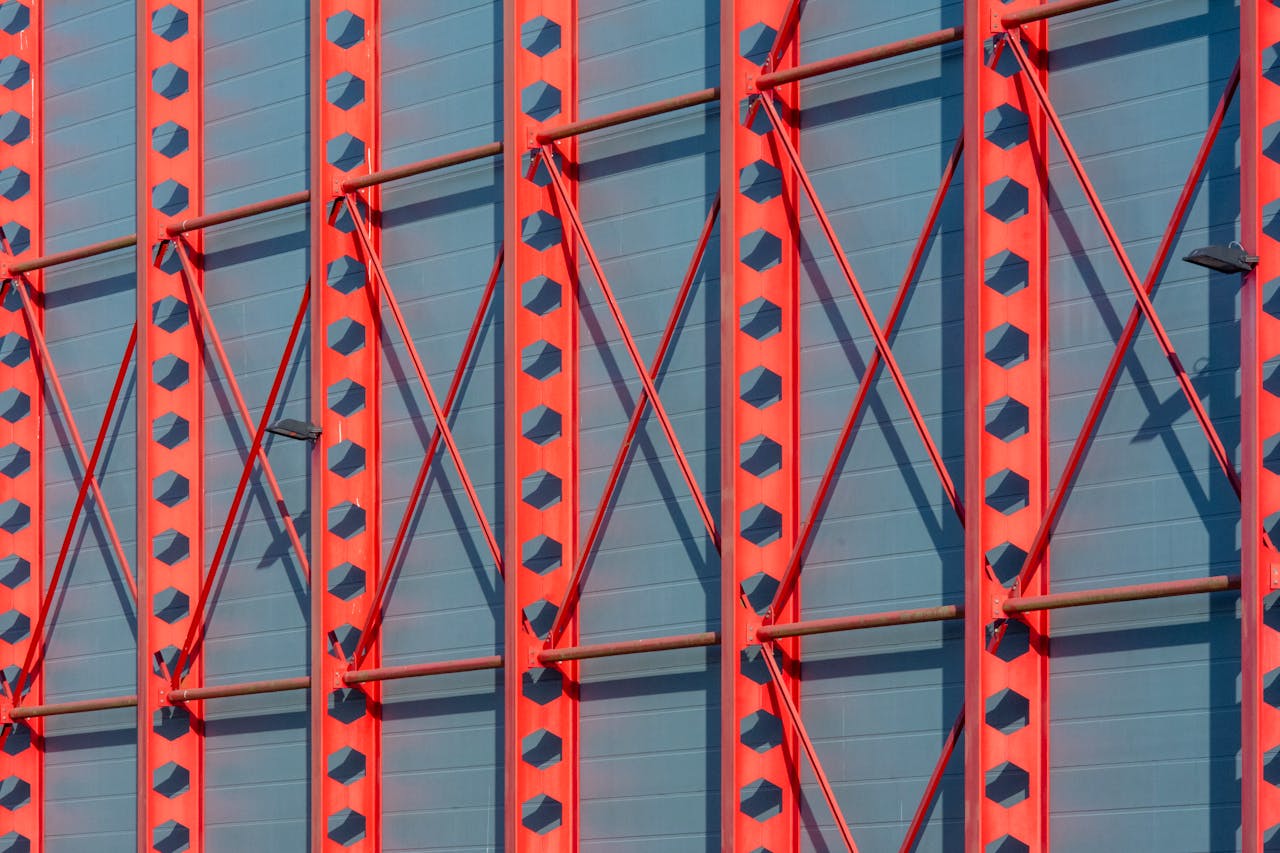Structural steel has long been a staple in the construction and engineering industries, offering a range of advantages that make it a preferred material for architects, engineers, and contractors alike. Known for its strength, durability, and flexibility, structural steel provides the foundation for a wide variety of innovative and efficient building designs, from towering skyscrapers to expansive bridges. Its versatility allows for creative architectural designs, while its performance characteristics, such as high load-bearing capacity and resistance to extreme conditions, make it a reliable choice for both residential and commercial projects. Additionally, structural steel is recyclable, making it an environmentally friendly option that supports sustainable construction practices. Here, we delve into the key benefits of a structural steel design, showcasing why it remains an essential material in modern construction.
High Strength-to-Weight Ratio
One of the defining attributes of structural steel is its exceptional strength relative to its weight, making it a preferred material in construction. Unlike other materials such as concrete or wood, steel offers high structural integrity while requiring significantly less material to achieve the same load-bearing capacity. This not only makes it highly efficient but also translates into notable cost savings, particularly for large-scale projects where budgets and resource optimization are critical. The reduced weight of steel also lessens the demands placed on foundations, which can further lower construction expenses by simplifying foundation design and reducing material usage there as well. Moreover, structural steel’s adaptability allows for innovative architectural designs, as its strength-to-weight ratio supports complex structures while maintaining durability and stability over time. These qualities make structural steel a cornerstone of modern construction, valued for both its practicality and its ability to meet the demands of ambitious projects.
Design Flexibility
Steel is a material that allows architects to bring their creative visions to life and opens doors to advanced engineering possibilities. It is capable of achieving longer spans without the need for intermediate supports, which is ideal for open-plan designs and multifunctional spaces. Furthermore, its adaptability enables the creation of intricate shapes and features that may be challenging or expensive with alternative materials. From high-rise buildings to complex bridges, structural steel offers solutions that inspire both functionality and visual appeal.
Speed of Construction
The efficiency of structural steel extends beyond its performance as a material. Off-site fabrication processes allow components to be precisely manufactured in controlled environments, minimising delays often associated with on-site production. Once completed, these pre-fabricated elements can be quickly and safely assembled on-site, reducing construction timelines significantly. This precision and speed benefit not only commercial projects but also residential and infrastructure developments where time constraints demand efficient solutions.
Sustainability
Sustainability is a key concern within modern construction, and structural steel stands out as an environmentally responsible material. It is one of the most recycled substances globally, with the majority of new steel produced using recycled content. This not only lowers environmental impact but also contributes to achieving green building certifications. Furthermore, its durability means it is unlikely to contribute to ongoing maintenance-related waste, enhancing its long-term environmental credentials.
A Material for the Demands of Today
Structural steel’s inherent qualities make it indispensable in addressing industry demands for efficiency, creativity, and sustainability. By combining cost-effectiveness with performance and adaptability, it supports architects and engineers in developing buildings that meet high standards while accommodating both functional and aesthetic objectives. For contractors, the shortened construction times provide both operational and budgetary advantages, making it an asset throughout the project lifecycle.
Structural steel continues to prove itself as a reliable and forward-looking choice, perfectly suited to the challenges of modern construction. Adopting the material remains a smart decision for those seeking both performance and practicality in their designs.
